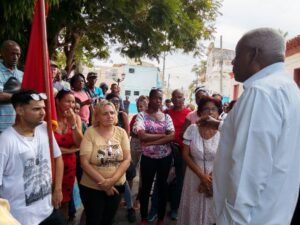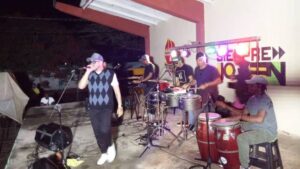What to do so as not to deplete the planet of fertile land.
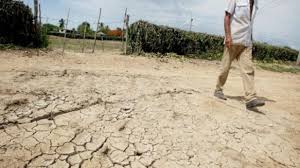
Drought is not a thing of a day or two. It is a slow and cumulative process whose effects can last for months or years, making it one of the greatest challenges facing mankind when it comes to planning and executing socio-economic actions.

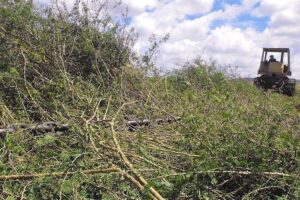
After a practically dry month of May in Matanzas, the rains finally arrived in the first half of June to mitigate the drought we are suffering. Especially in the areas where agricultural and livestock activities are carried out, which are in great need of water.
This prolonged water shortage, which we call drought, can be caused by lack of rain or adverse weather conditions and can be seen when the water levels are well below what corresponds to a given area.
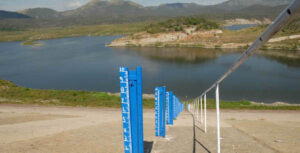
This phenomenon, which affects flora, fauna, people and agro-industrial programs, has three fundamental origins. Meteorological drought, caused by the lack of precipitation during prolonged periods; Agricultural drought, which affects productive lands and crops due to water shortage; and Hydrological drought, which indicates the reduction of water in rivers, lakes, dams and subway reservoirs.
Drought is not a thing of a day or two. It is a slow and cumulative process, whose effects can last for months or years, making it one of the greatest challenges facing mankind when planning and executing socio-economic actions. Especially those that depend on arable land, since prolonged droughts cause aridity and degradation of fertile soils, giving rise to that other phenomenon known as desertification.
Although global warming, indiscriminate logging and eradication of entire forests, urbanization and industrialization, soil salinization and the use of agricultural techniques such as monoculture also accelerate desertification levels.
These are not deserts, but the combination of natural processes and human activity transform fertile areas into unproductive deserts.
In the last 40 years alone, the planet has lost around twelve million hectares of arable land due to drought and desertification. In view of this scenario, red lights are lit that call on governments, population, social organizations and businessmen from all sectors to change the production and life models that degrade fertile lands.
Hence the promotion of strategies such as local work to restore and sustainably manage land and limited water resources, as well as the promotion of international cooperation such as the project «Incorporating multiple environmental considerations and their economic implications in landscapes, forests and productive sectors in Cuba (ECOVALOR)».
ECOVALOR started in 2018 and with a duration of six years, it was applied in several Cuban municipalities and throughout the province of Matanzas in order to train producers on crop rotation and the use of natural fertilizers that reduce soil erosion or degradation.
Actions were also carried out in productive sectors such as hydrocarbons, fishing, agroforestry and tourism to establish good productive practices based on the economic valuation of ecosystem services in each of these sectors.
Another international project that came to Matanzas was entitled Climate Resilience in Agricultural Ecosystems in Cuba (IRES). Financed by the United Nations Green Climate Fund, IRES will last until 2027, with a credit of more than 38 million dollars.
IRES covers seven municipalities with degraded soils invaded by marabú, one of which is Los Arabos, in Matanzas. Here, agroforestry and silvopastoral systems are implemented, which include the planting of forage species, pastures, various crops, fruit trees and shade trees, among others that allow the production of food, meat and milk.
And from the backyard there is the BIOMAS-CUBA project, which with the signature of researchers from the Indio Hatuey Experimental Station, in the municipality of Perico, was also implemented in Guantánamo, Santiago de Cuba, Las Tunas and Sancti Spíritus.
With this initiative, 117 hectares of soil invaded by marabú have been recovered and another 1,830 hectares have been improved to achieve considerable production of potatoes, beans, soybeans, peanuts, corn and yucca, among other crops essential for human and animal food.
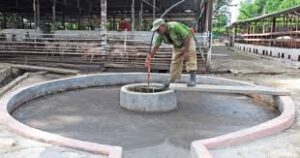
The technical assistance also facilitated the construction or repair of 69 biodigesters, from which biogas is obtained for cooking food and biofertilizers that improve the health and quality of agricultural food.
Examples of initiatives that have been born in extreme weather conditions to face phenomena such as desertification and drought, which every year deplete the planet’s fertile land.
Written by Ana González Goicochea.



